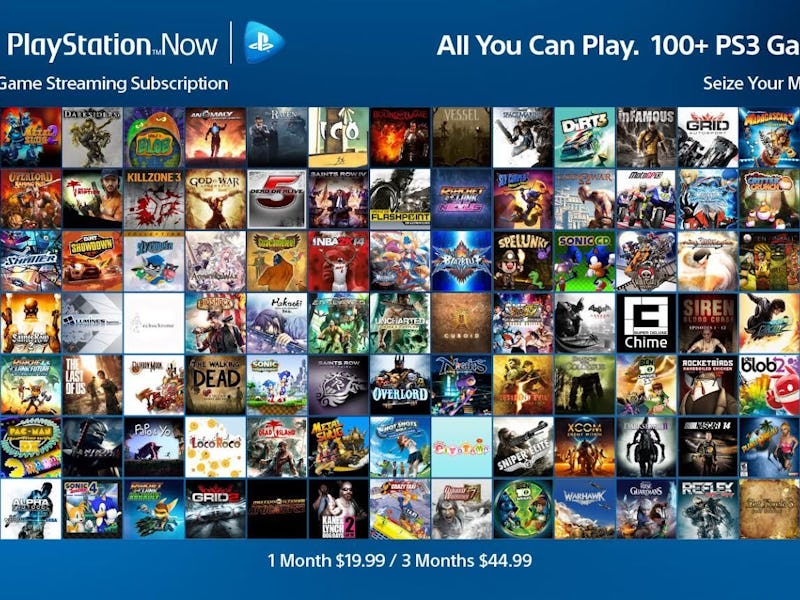It's Time to Bring Real Backwards Compatibility to the PS4
Giving players the chance to dip into PlayStation's back catalog would be a boon for Neo.

Since the botched launch of the Xbox One, Sony has enjoyed a comfortable lead in this console generation’s hardware sales. Perhaps too comfortable. Following last month’s announcement for Microsofts six-teraflop Scorpio console, rumors peg the potentially less-powerful PlayStation Neo (though some have leaked, final specs are unknown) as hitting stores before the end of year — a move that, considering PlayStation VR’s impending October release on top of plans for a PlayStation 4 slim model, could backfire badly with confused consumers. Which is why it’s maybe time to bring true backwards compatibility to the PS4.
Hypothetically, backwards compatibility to play PS3 games on PS4 systems wouldn’t turn the tide, but it would be very smart. While it seems unlikely the Neo could launch as early as October when what’s powering it is not even officially known, if any of the whispers are true, Sony will likely need every advantage it can get.
Microsoft, surprisingly, unveiled its own backwards compatibility initiative last year, which has received a steady stream of support through newly added games on a regular basis. The feature may not be a huge money-maker, but sometimes keeping fans’ trust is just as important. Especially when it comes to the past. And games like Red Dead Redemption have seen significant sales spikes since being added.
By comparison, how Sony has handled how and where you can get digital games for what console has been erratic. The PS3 has a pretty sizable library of original PlayStation and PS2 games available through PlayStation Network, the online marketplace, but none of those purchases work on PS4.
Instead the company has taken a bizarre two-pronged approach by slowly re-releasing a selection of digital PS2 titles for PS4 which use emulation software that upscales to proper, if simulated, HD. Meanwhile, PS3 games have been relegated to PS Now, a streaming rental service the company has tried to portray as Netflix for PlayStation games, ignoring the fact the service really requires a fiber connection to use it effectively. (PS One games are almost entirely absent outside of remasters like Final Fantasy VII and Activision’s upcoming Crash Bandicoot releases.)
Arguably, the fact that Sony has dug in its heels with PS Now could easily be the reason true backwards compatibility hasn’t been a high priority. But emulation is hardly an impossible task, and if Microsoft can do it with 360 games, there’s no reason it can’t be done on the PS4 as well.
In the game of one-upmanship, it’s not too hard to picture a scenario in which Sony could officially unveil the Neo hardware later this year with the killer bonus announcement that it also plays PS3 games. The feature could launch with the Neo first, then be patched in to regular PS4 hardware at a later date.
Suddenly anyone who was on the fence about buying a new PS4, particularly if they didn’t already own a PS3, might have a lot more incentive. And the Neo’s digital launch selection would end up that much stronger. Sony already has the sales to prove that nostalgia sells. Though specific numbers aren’t provided, several PS2 re-releases for PS4 routinely pop up on PSNs list of best selling classics month after month.
Rumors suggest the PS4 Neo could launch as soon as October, alongside the PlayStation VR headset.
A smart move Sony be pushing back the launch of the Neo in order to retool the console to be on an equal playing field with Xbox, though there’s no guarantee that Microsoft will automatically gain back the ground it’s already lost either way. Nevertheless, Sony should take advantage of a risky request: asking fans to buy another console.
Neither Scorpio or Neo should really split their user-bases since new games will be required to run with performance upgrades on the new hardware as well as on standard consoles. Unlike Microsoft’s already-tipped hand, Sony has the opportunity to take the sting out of a mid-generation refresh by bundling backwards compatibility with it. There’s no reason not to seize it.